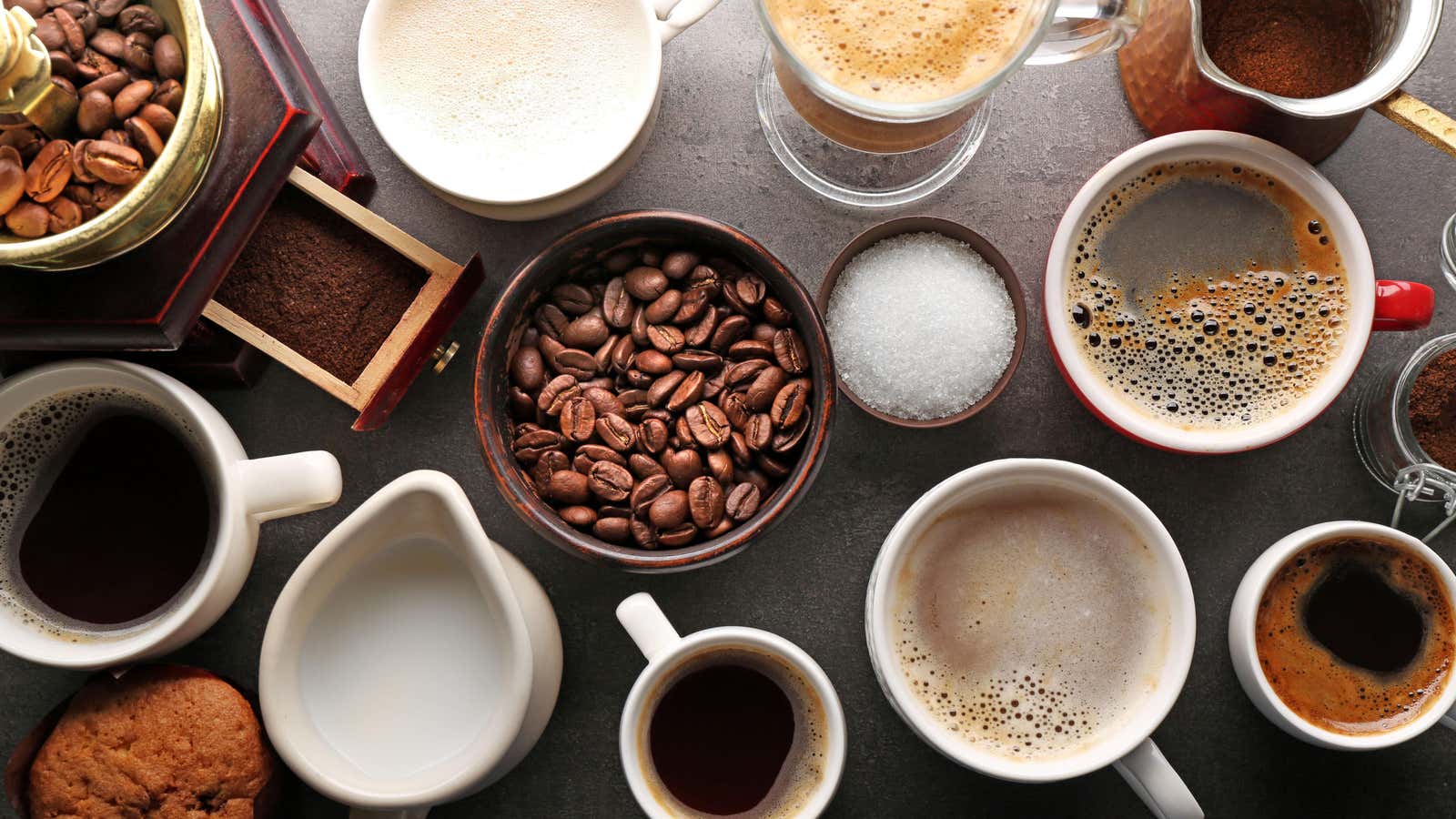This Method of Brewing Coffee Provides the Highest Dose of Caffeine.

Not all coffees are the same. You already know this if you’ve brewed your own coffee for more than a few cups: coffee beans vary greatly in flavor, strength, and even caffeine content. But even how you brew coffee changes its strength.
I don’t just mean taste. If you’re drinking coffee to boost your caffeine levels, your brewing method can affect how invigorating you are with each serving. You might think that a shot of espresso is the best way to wake up in the morning, but espresso — even a full or double shot from a signature coffee shop — doesn’t actually contain much caffeine per cup — at least according to tests conducted by popular coffee YouTuber James Hoffmann. . Hoffmann is the author of The World Atlas of Coffee , runs Square Mile Coffee Roasters, and won the 2007 Barista Championship, so you can count on his brewing experience.
Hoffmann got his hands on a $2,500 Lighttells caffeine analyzer and took it into town. This is a simple (but expensive) technology that shows the caffeine content of a drink by scanning a couple of drops of coffee.
The caffeine content in a cup of coffee is measured in milligrams (mg). According to the FDA , 400 mg/day is the recommended daily allowance for adults (but of course, how much caffeine you actually “need” to feel the effect varies from person to person). Unfortunately, there isn’t much data on the widely varying caffeine content of coffee, but if you google it, you’ll find that the average cup of coffee contains 63-125mg of caffeine .
Which coffee brewing method produces the most caffeine?
Hoffmann tested different types of coffee, ranging from instant coffee, espresso, and brewed coffee such as pour over. And what he found was very interesting. It turns out that if you want a big shot of caffeine to help you through a couple of hours of hard work, the brewing method that works best for you is pour over. According to Hoffman’s tests, 18 grams of his test sample of coffee beans (about 2 to 2-1/2 tablespoons of ground coffee) brewed like espresso contained 110 mg of caffeine. But brewed as a pour over, they contained 180 mg of caffeine. That’s almost a 50% jump!
This means that if you want the biggest energy boost, you should ditch your Starbucks double latte and order a pourover. (Or better yet, start making pour over at home .)
Another important takeaway from Hoffman’s study—though not surprising—is that instant coffee is, on average, fairly weak when it comes to caffeine. A full cup made with 2 grams of instant coffee (recommended serving size) will give you about 80 mg of caffeine.
Watch Hoffman’s full 20-minute video to learn more about caffeine.